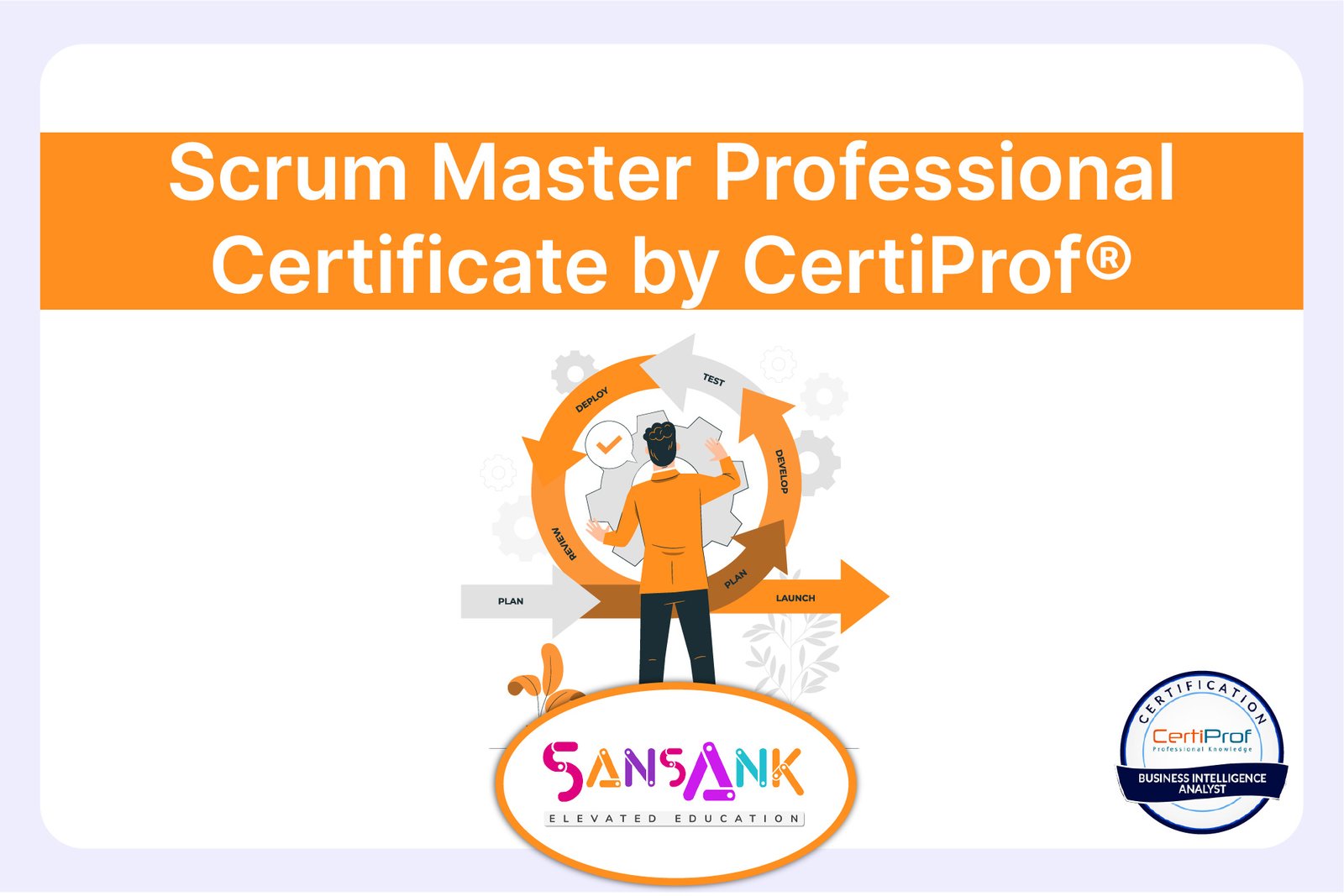
User Stories Foundations Certificate by CertiProf®
Home > User Stories Foundations Certificate by CertiProf®

User Stories Foundations Certificate by CertiProf®
SansAnk Academy offers a comprehensive User Stories Foundations Certificate course. User stories are powerful tools for fostering cooperation and teaching valuable concepts. They establish a vital link between users or consumers and product or service developers. This relationship marks the initial significant step towards creating exceptional products that have a positive impact on users, potentially improving their lifestyles. This dynamic course/workshop provides fundamental knowledge about the main characteristics of User Stories as communication tools among team members and individuals interested in product or service development projects, whether from technology fields or other business areas.
Understand the benefits of using user stories in uncertain and ambiguous environments
Develop the skills necessary to use user stories as conversational tools among stakeholders
Apply various ways of writing user stories • Recognize whether a user story meets the attributes of a good user story
Employ different user story splitting techniques so that user stories can be developed in very short periods of time, from a few hours to a few days
Use user stories to understand the value proposition of the product and its features from the beginning of the project
Guide other members of your teams in the appropriate use of user stories in complex and adaptive contexts
Get your “User Stories Foundations Certificate” (supporting the fundamental knowledge and application of User Stories)
Curriculum
This introduction sets the stage for an exploration of Agile principles and practices. It covers the fundamentals, such as what Agile is, the Cynefin Framework, the Agile Manifesto and its aspects, the principles underlying the manifesto, and the Declaration of Interdependence. It delves into the significance of agility, both in general and in a business context. The comparison between Agile methodologies and traditional project management is highlighted, focusing on Scrum as a key framework. The evolution of the Scrum definition and its patterns are discussed, emphasizing the importance of the Scrum Guide as a foundational resource.
Scrum theory is the foundation of the Scrum framework, emphasizing key principles like empiricism and empirical process control, which stress the importance of learning from experience. Lean Thinking, guided by five core principles, is incorporated to eliminate waste and enhance efficiency. Scrum operates iteratively, with three pillars of transparency, inspection, and adaptation ensuring effective project management. These principles collectively foster a flexible, value-driven, and continuously improving approach to complex project management.
Scrum Values are the core principles that guide the behavior and actions of individuals and teams within the Scrum framework. These values, which include Commitment, Focus, Openness, Respect, and Courage, serve as the foundation for collaboration, adaptability, and achieving success in Scrum projects. They foster a positive work environment and encourage teams to work together effectively to deliver high-quality products.
Scrum Team is at the heart of the Scrum framework, consisting of several vital roles and key components. This includes the Product Owner, who defines the product vision and goals, as well as the Scrum Master, who facilitates the Scrum process. Developers, with their unique characteristics and responsibilities, form the core of the team. Effective communication and collaboration with stakeholders, who can be divided into various groups, are essential for project success. The dynamics within the Scrum Team and its interactions with stakeholders are crucial elements in agile project management.
In this section, we'll explore key concepts in Agile product management and project estimation. These concepts encompass fundamental aspects such as product tracking, management, and estimation techniques like Planning Poker. Understanding these concepts is crucial for effectively delivering value in Agile projects and ensuring successful product development.
Scrum Artifacts are essential elements in the Scrum framework that help manage and track project progress. These artifacts include the Product Backlog, which should be DEEP (Detailed, Estimated, Emergent, and Prioritized), and the Sprint Backlog, which commits to achieving a Sprint Goal. Understanding the Commitment to the Definition of Done is crucial for maintaining quality. User Stories, with their unique structure and characteristics, play a pivotal role in defining requirements, while the Task Board aids in tracking tasks and time-boxing helps manage project timelines. These artifacts and practices are central to the success of Scrum projects and contribute to effective Agile development.
In the realm of Product Management, several critical concepts come into play. Achieving "Product-Market Fit" is a central objective, as is the development of an "MVP" (Minimum Viable Product) to meet customer needs. Lean principles and processes are often employed as a strategy for efficient product development, while the Kano Model helps understand customer satisfaction levels. Agile Product Roadmaps provide a strategic framework, and various scaling methods are used to expand product impact. Tools like Scrum Boards and Kanban, along with metrics like Velocity, are instrumental in managing and optimizing product development processes. These concepts collectively shape effective product management strategies and practices.
Scrum Events are pivotal gatherings within the Scrum framework, each serving a unique purpose in promoting transparency and progress. They include "The Sprint," "Sprint Planning," "Sprint Backlog," "Daily Scrum," "Sprint Review," and "Sprint Retrospective." Each event contributes to the iterative and adaptive nature of Scrum. Techniques for conducting a retrospective and the stages involved are also explored, highlighting the continuous improvement aspect. Moreover, the SPOPC™ Exam and badges are indicative of Scrum proficiency and accomplishments within the framework.
duration : 2 Weeks
Online Session
Batch Size: 1-5 Candidates
Price: ₹18,000
Certification Exam
Format: Multiple choice
Questions: 40
Pass Score: 32/40 or 80 %
Language: English
Duration: 60 minutes
Open Book: No
Delivery: This examination is available online
Supervised: It will be at the discretion of the Partner

At SansAnk Academy, we bridge the gap between knowledge and skills with hands-on, industry-relevant training. Learn. Apply. Excel.
© SansAnk Academy Pvt. Ltd. | Transforming Education, One Skill at a Time